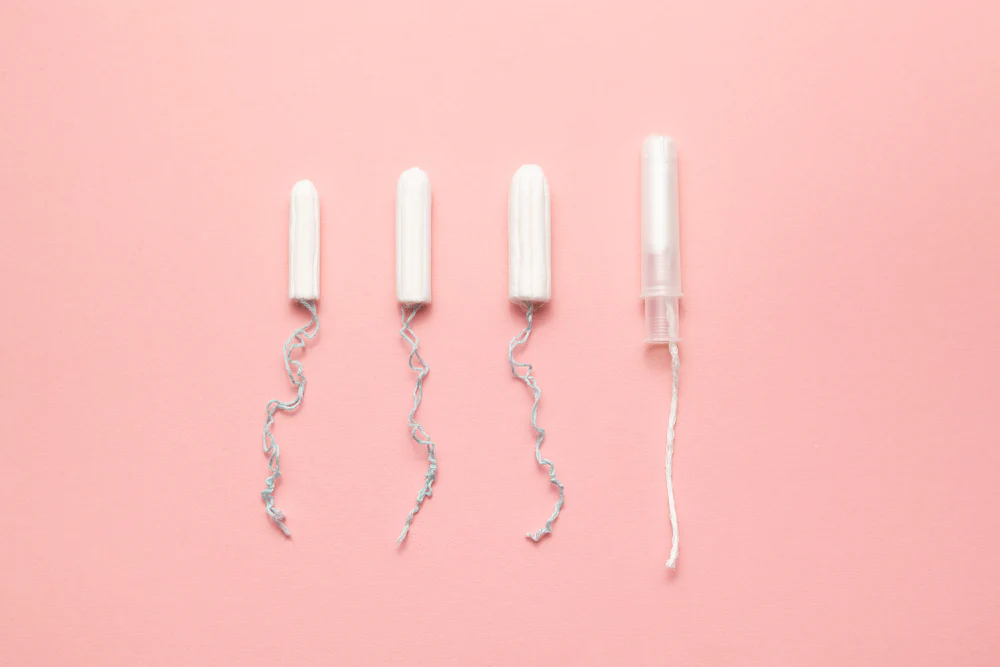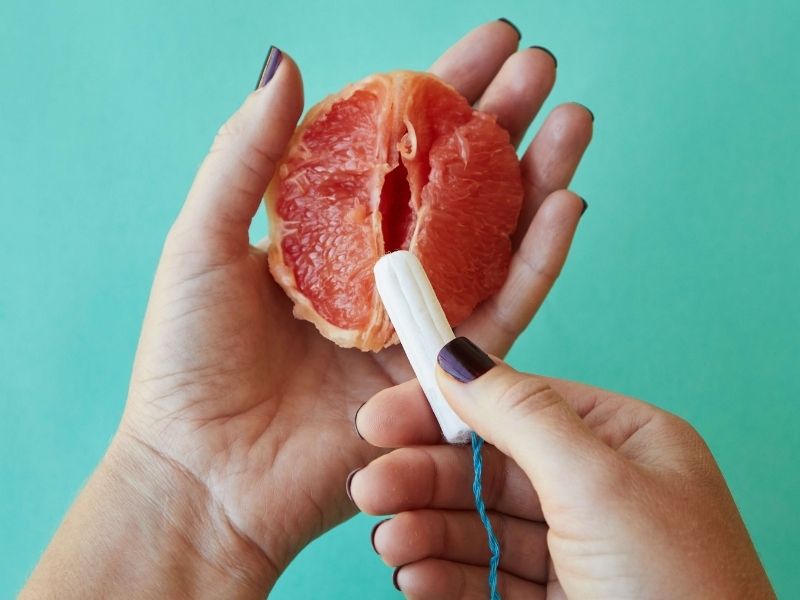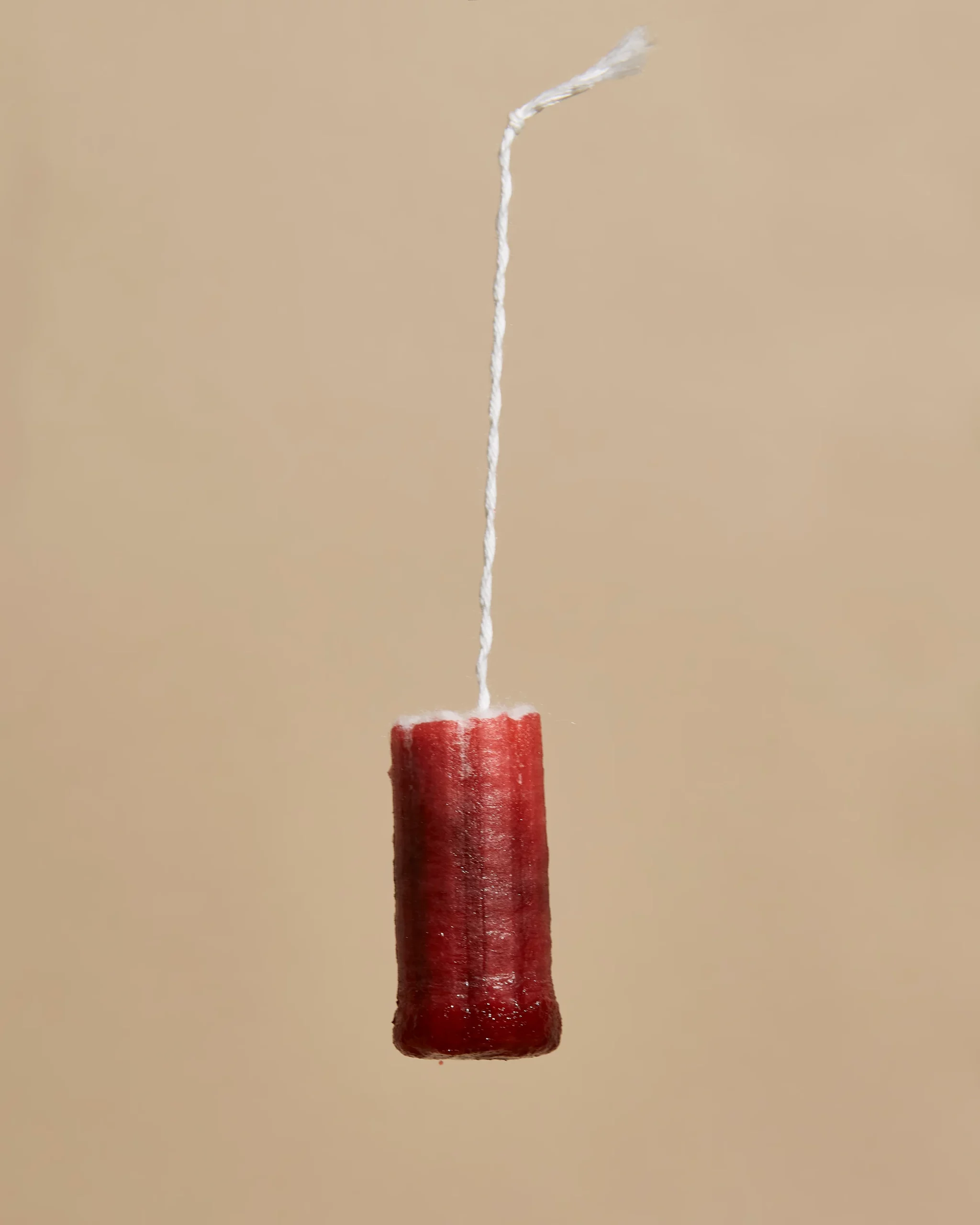f you’re anything like me, you’ve probably found yourself wondering at some point, “How many tampons per day is normal?” It’s a common question that many of us have, and today, we’re going to dive into the answer.
Contents
How Many Tampons Per Day?
When it comes to how many tampons to use per day during your menstrual cycle, there isn’t a one-size-fits-all answer. The number can vary from person to person based on factors such as flow intensity and personal preferences. However, on average, most individuals use around three to six pads or tampons per day.

You might wonder why this range exists. Well, it’s because everyone’s body is unique, and menstrual cycles can vary in terms of duration and flow intensity. Some women may experience a lighter flow and therefore require fewer tampons per day, while others may have a heavier flow that requires more frequent changes.
It’s important to note that changing your tampon frequently is essential for both health and hygiene reasons. Having a tampon in for longer than eight hours puts you at risk for toxic shock syndrome (TSS). Considering that you’re only supposed to wear a tampon for a maximum of eight hours, you would need at least three tampons a day during your menstrual cycle, amounting to a minimum of 21 tampons per cycle.
In terms of cost, the average pack of 24 tampons can cost about $10 plus tax, meaning the average menstruator spends at least $120 per year on tampons alone. This expense can add up over time, so it’s important to factor this into your budget.
Remember, it’s not only the number of tampons per day that matters. It’s also crucial to pay attention to your body’s needs and comfort. If you find that your tampons are filling up quickly or leaking, it might be worth considering trying a different size or type of tampon to better suit your flow.
While there isn’t a definitive answer to how many tampons per day, the average range is around three to six tampons or pads per day. This range can vary depending on your individual flow intensity and personal preferences. Remember to change your tampons frequently for health and hygiene reasons, and consider trying different sizes or types of tampons if needed.
Factors that Affect Tampon Usage
Flow Intensity
One of the key factors that can determine how many tampons you may need per day is the intensity of your menstrual flow. Every person’s flow is unique, and it can vary from light to heavy. This can impact the number of tampons you need to use throughout the day.
- Light Flow: If you have a light flow, you may need fewer tampons per day. It’s common to use around three to four tampons during the entire day, considering the absorbency level of your tampons and changing them every 4-6 hours.
- Moderate Flow: For those with a moderate flow, you may require more tampons throughout the day. On average, using around four to six tampons should be sufficient. Remember to change your tampon every 4-6 hours to maintain optimal hygiene.
- Heavy Flow: If you have a heavy flow, you may need to change your tampons more frequently to prevent leaks and accidents. Using around six or more tampons per day might be necessary during the peak days of your menstrual cycle. It’s important to change your tampon every 4-6 hours to reduce the risk of infections.
Tampon Absorbency
Choosing the right tampon absorbency level is crucial to ensure both comfort and effectiveness. Using a tampon with a higher absorbency than needed can lead to vaginal dryness and increase the risk of toxic shock syndrome (TSS). On the other hand, using a tampon with a lower absorbency may not provide sufficient protection and could result in leaks.
- Light Absorbency: Light absorbency tampons are designed for lighter flow days. These tampons are generally more comfortable and can be used throughout the day without the need for frequent changes.
- Regular Absorbency: Regular absorbency tampons are suitable for moderate flow. They offer a balance between absorbency and comfort, allowing you to stay protected for a longer duration.
- Super and Super Plus Absorbency: These tampons are specifically designed for heavy flow days. They provide maximum absorbency and are ideal for those with a heavy flow. Remember to change them regularly to avoid leaks and maintain good hygiene.
Menstrual Cycle Length
The length of your menstrual cycle can also influence the number of tampons you may need per day. The average menstrual cycle lasts about 28 days, but it can vary from person to person. Here’s how cycle length can come into play:
- Shorter Cycles: If you have shorter menstrual cycles, typically less than 28 days, you may experience a shorter period duration as well. This means you may require fewer tampons per day.
- Longer Cycles: Conversely, if you have longer menstrual cycles, typically more than 28 days, your period duration may be longer as well. In such cases, you may need more tampons per day to handle your flow throughout the extended period.
Remember, these are general guidelines, and it’s important to understand your own body and flow patterns. Pay attention to your body’s signals and adjust your tampon usage accordingly. Always prioritize your comfort, hygiene, and health by changing tampons regularly and choosing the right absorbency level for your flow intensity.
Average Tampon Usage per Day

Light Flow Days
On light flow days, you may find that you need fewer tampons to manage your menstrual cycle. Typically, around three to four tampons per day may be sufficient. It’s important to remember that everyone’s flow is different, so this number may vary for each individual.
Medium Flow Days
During medium flow days, you might need a slightly higher number of tampons to keep you comfortable and protected. Around four to six tampons per day is a common range for those with a moderate flow. However, it’s important to pay attention to your own body’s signals and adjust according to your needs.
Heavy Flow Days
For those with heavy flow, it’s not uncommon to require six or more tampons per day. Heavy flow days can be challenging, but choosing the right absorbency level will help ensure comfort and effectiveness. It’s essential to change tampons regularly to maintain hygiene and avoid the risk of toxic shock syndrome (TSS). Remember that wearing a tampon for longer than 8 hours can increase the risk of TSS.
Understanding your own body and flow patterns is crucial in determining the appropriate number of tampons you need per day. By prioritizing your comfort, hygiene, and health, you can make informed choices about tampon usage.
Choosing the right tampon absorbency level and changing them regularly is key to ensuring a comfortable and worry-free period experience. Remember to consult with your healthcare provider if you have any concerns about your menstrual flow or if you experience any irregularities.
There’s no need to worry about the cost of tampons either. Many affordable options are available in the market, allowing you to manage your period without breaking the bank.
By being mindful of your body and taking the necessary precautions, you can navigate your menstrual cycle with confidence and ease.
Tips for Tampon Usage
Choosing the Right Absorbency
When it comes to tampons, choosing the right absorbency is key for a comfortable and leak-free experience. Here are a few tips to help you select the right tampon for your flow:
- Start with a regular absorbency tampon. Most women find this to be suitable for their flow.
- If you have a light flow, you might want to try a light absorbency tampon. It’s a good option for the beginning or end of your period.
- On heavier flow days, you may need a super or super plus absorbency tampon for maximum protection.
Remember, it’s important to use the lowest absorbency necessary for your flow to reduce the risk of tampon-related infections. If you experience leaks or discomfort, don’t hesitate to experiment with different absorbencies until you find what works best for you.
Changing Tampons Regularly
To maintain freshness and prevent infections, it’s crucial to change your tampon regularly. Here are a few guidelines to follow:
- Change your tampon every 4 to 8 hours. This helps to prevent bacterial growth and reduce the risk of toxic shock syndrome (TSS).
- Never wear a single tampon for more than 8 hours at a time.
- If you have a heavier flow, you may need to change your tampon more frequently, every 4 to 6 hours.
- Be mindful of your flow and adjust your tampon changing schedule accordingly.
Changing your tampon regularly not only ensures your comfort and confidence but also helps to maintain proper hygiene. If you have any concerns or questions about tampon usage, it’s always a good idea to consult with your healthcare provider for personalized advice.
How Do I Know if My Tampon is Full?

When it comes to tampon usage, one question that often arises is how to know if your tampon is full. It’s essential to determine this to prevent leaks and ensure optimal hygiene. Here are a few tips to help you gauge when it’s time to change your tampon:
- Monitor your flow: Pay attention to the amount of blood you are experiencing each day. One soaked regular-sized sanitary product holds about a teaspoon of blood, which is equivalent to 5 ml. You can keep track of your flow by using a menstrual cup with volume markers or by counting the number of soaked tampons or pads. Remember to multiply the number of half-soaked products by two to get an accurate count.
- Pay attention to saturation: Check how soaked your tampon or pad is. If it’s fully soaked with blood, it’s a clear indication that you need to change it. If it’s only half soaked, divide the number of half-soaked pads by two to get a better estimate. It’s essential to change tampons before they reach their maximum absorption capacity to prevent leaks and reduce the risk of infections.
- Consider the time: As a general guideline, tampons should be changed every 4 to 8 hours. Even if your tampon is not completely full, it’s important to remove and replace it within this timeframe to maintain good hygiene. Leaving a tampon in for too long can increase the risk of bacterial growth and create an unfavorable environment for your vaginal health.
Remember, finding the right absorbency and changing your tampon regularly are key factors in ensuring your comfort and well-being. If you are unsure about your flow or have concerns, it’s always a good idea to consult with your healthcare provider for personalized advice.
By staying aware of your body and using these guidelines, you can confidently manage your tampon usage and maintain optimal hygiene.
Conclusion
Knowing how many tampons to use per day is essential for your comfort and well-being during your period. By monitoring your flow, checking tampon saturation, and considering the time it has been worn, you can determine when it’s time to change your tampon. Changing tampons regularly is crucial to prevent leaks and reduce the risk of infections.
Remember, everyone’s flow is different, so it’s important to pay attention to your body’s cues and adjust accordingly. If you have any concerns or questions about tampon usage, it’s always best to consult with a healthcare provider for personalized advice.
By following these tips and being mindful of your body’s needs, you can navigate your period with confidence and comfort. Stay informed, take care of yourself, and make choices that work best for you. Your period shouldn’t hold you back from enjoying life to the fullest.
Frequently Asked Questions
How often should I change my tampon?
Change your tampon every 4-8 hours, or sooner if it becomes full. It is important to change tampons regularly to prevent leaks and reduce the risk of infections.
Can I reuse a tampon?
No, tampons should never be reused. Each tampon is designed for single-use only.
How do I know if I have a heavy period?
A heavy period, also known as menorrhagia, is characterized by excessive bleeding of more than 80ml (1/3 cup) each menstrual cycle. Symptoms may include prolonged bleeding for more than 7-8 days or “flooding” of your pad or tampon.
Is it safe to pee with a tampon in?
Generally, it is safe to pee with a tampon in place. However, avoid using tampons if you have a urinary tract infection or suspect you might have one.
I am a medical student with experience and interest in Women’s health and well-being.